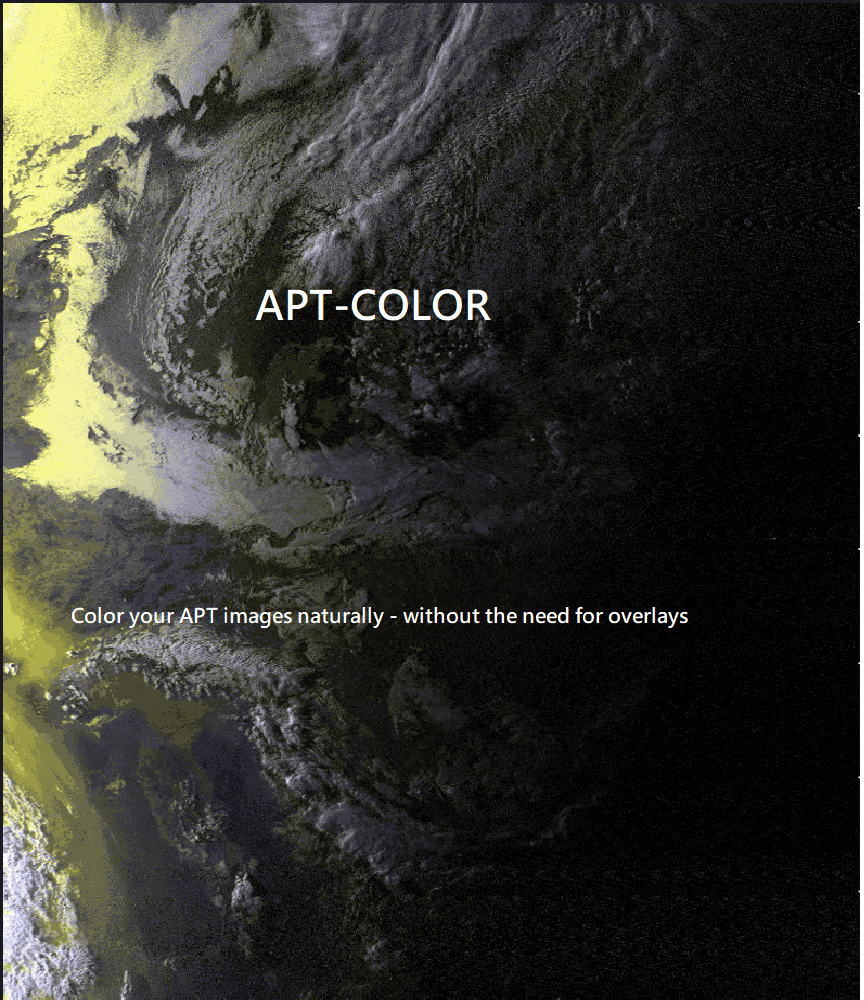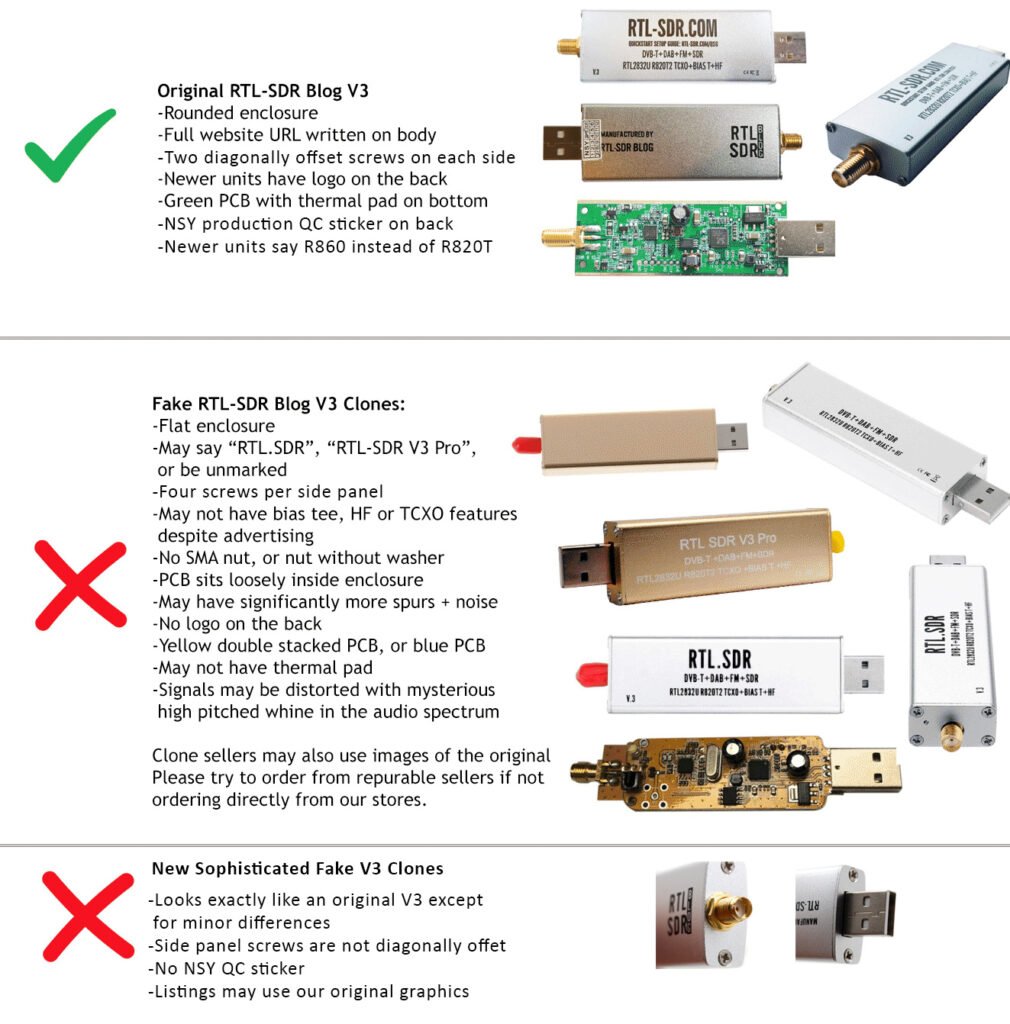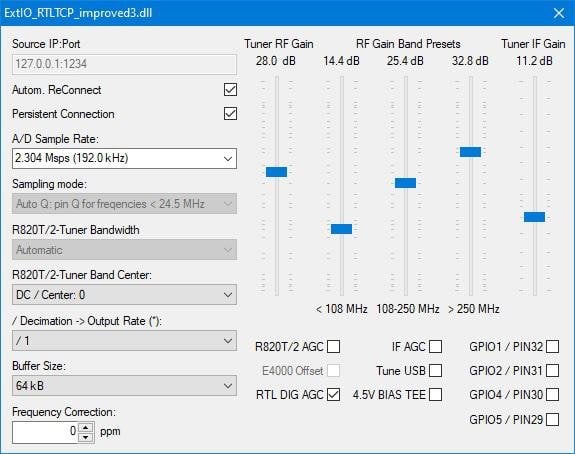WiFi Grid RTL-SDR Radio Telescopes featured in SARA2022 Conference Talks
Over on YouTube the Society of Amateur Radio Astronomers have recently uploaded talks from their SARA 2022 online conference. Two of the talks we've seen focus on describing results produced by small and cheap WiFi Grid RTL-SDR radio telescopes.
Back in early 2020 we first published an article about how it is possible to use get into amateur radio astronomy cheaply using off the shelf WiFi grid dishes, combined with a 1420 MHz LNA + filter, an RTL-SDR and the SDR# software with IF average plugin to measure the galactic hydrogen line.
In the SARA conference we've seen two talks expanding on the use of WiFi grids for radio astronomy. In the first talk Alex Pettit discusses how he's used a WiFi grid attached to an equatorial telescope mount, and a custom modified feed in his setup. In his talk he explains how to use the IF average plugin, and how he uses a MATLAB script to process and plot the saved data.
In the second talk Charles Osborne describes his "Scope-In-A-Box" which consists of the WiFi Grid, LNA, Filter and RTL-SDR combination and compare the setup versus the same hardware used on a larger 3.7m dish.
If you were interested in those talks, you might also want to check out the other talks from the conference, many of which also involve the use of software defined radios in the receive chain for various amateur radio astronomy experiments.






